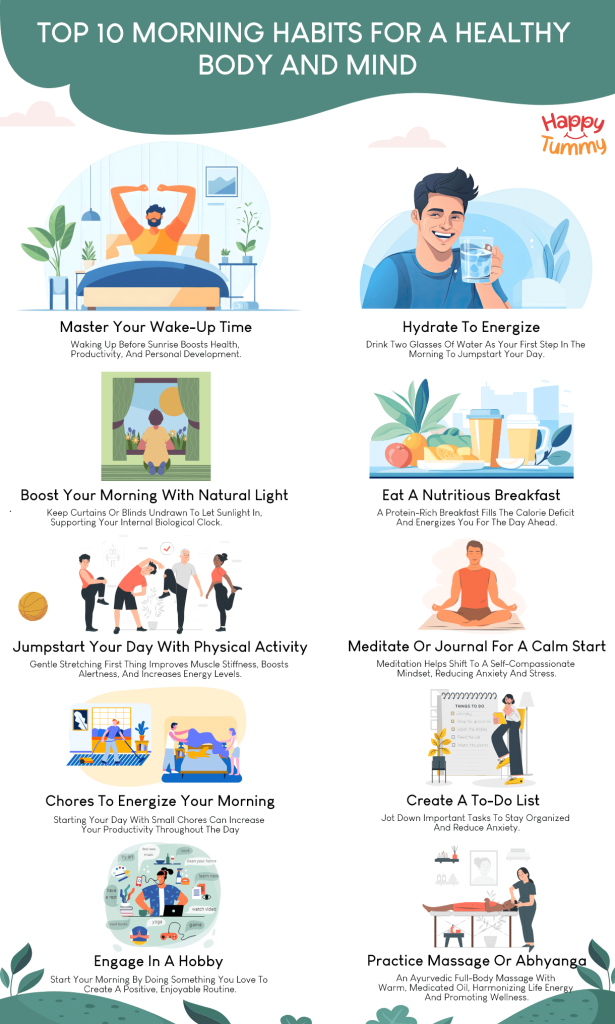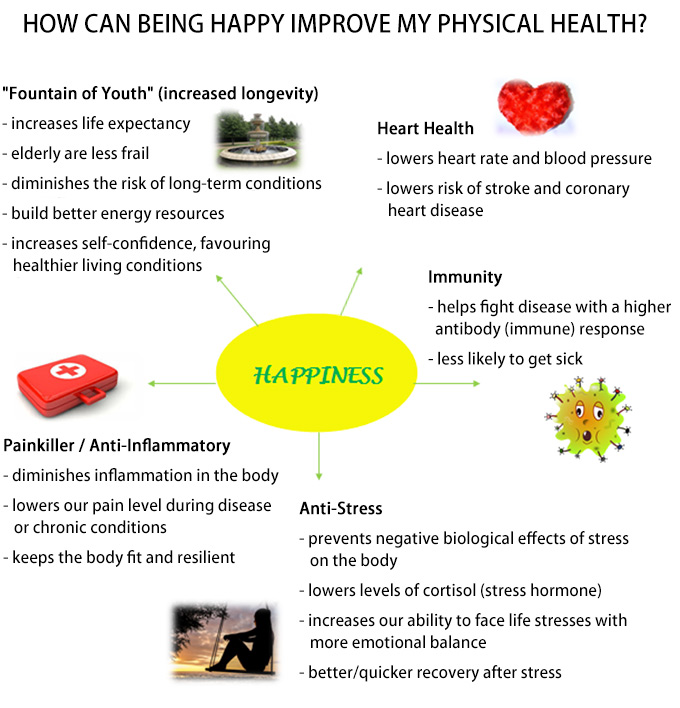How to Develop a Healthy and Happy Mindset
1. Practice Gratitude Daily
Practicing gratitude is a powerful way to shift your mindset from focusing on what you lack to appreciating what you have. Start each day by reflecting on at least three things you are grateful for. This simple practice can help you cultivate a positive outlook on life and increase your overall sense of well-being. You can keep a gratitude journal to track your thoughts and feelings or simply take a few moments each day to mentally list the things you are thankful for.
In addition to starting your day with gratitude, make it a point to express your appreciation to others. Sending a thank-you note, giving someone a compliment, or simply saying thank you can boost your mood and strengthen your relationships. By incorporating gratitude into your daily routine, you can train your mind to focus on the positive aspects of your life and develop a more optimistic mindset.

When faced with challenges or setbacks, try to find something to be grateful for in the situation. This can help you reframe your perspective and find silver linings even in difficult times. By practicing gratitude consistently, you can train your brain to look for the good in every situation and cultivate a sense of contentment and happiness.
2. Cultivate a Growth Mindset
A growth mindset is the belief that your abilities and intelligence can be developed through dedication and hard work. People with a growth mindset tend to embrace challenges, learn from their mistakes, and see failures as opportunities for growth. Cultivating a growth mindset can help you overcome obstacles, build resilience, and achieve your goals.

To develop a growth mindset, start by reframing your self-talk. Instead of saying I can’t do this or I’m not good at that, try saying I can learn how to do this or I just need to practice more. By shifting your mindset from fixed to growth-oriented, you can open yourself up to new possibilities and challenges.
Another way to cultivate a growth mindset is to view setbacks as learning experiences. Instead of beating yourself up over failures, try to extract valuable lessons from them. Ask yourself what you can learn from the situation and how you can use that knowledge to improve in the future. By reframing setbacks as opportunities for growth, you can build resilience and develop a more positive outlook on life.

Incorporate learning and personal development into your daily routine. Whether it’s reading a book, taking a course, or trying a new hobby, investing in your growth can help you develop a growth mindset. By continuously challenging yourself and seeking opportunities for growth, you can cultivate a mindset that is focused on improvement and progress.
3. Practice Mindfulness and Meditation
Mindfulness and meditation are powerful tools for developing a healthy and happy mindset. Mindfulness involves being fully present and aware of your thoughts, feelings, and sensations in the present moment. By practicing mindfulness, you can reduce stress, enhance your focus, and improve your overall well-being.

One way to practice mindfulness is through meditation. Meditation involves focusing your attention on your breath, a mantra, or a specific sensation to cultivate a sense of calm and clarity. Regular meditation practice can help you become more aware of your thoughts and emotions, reduce anxiety and depression, and increase your resilience to stress.
In addition to formal meditation practice, you can incorporate mindfulness into your daily activities. Pay attention to your senses as you eat a meal, go for a walk, or engage in a conversation. Notice the sights, sounds, and sensations around you without judgment. By bringing mindfulness to your everyday experiences, you can cultivate a greater sense of presence and appreciation for the moment.
Mindfulness can also help you become more self-aware and in tune with your emotions. By observing your thoughts and feelings without reacting to them, you can develop a greater sense of emotional regulation and control. By practicing mindfulness and meditation regularly, you can cultivate a healthy and happy mindset that is grounded in the present moment.
4. Surround Yourself with Positive People
The people you surround yourself with can have a significant impact on your mindset and overall well-being. Surrounding yourself with positive, supportive, and like-minded individuals can help you cultivate a healthy and happy mindset. Seek out friends, family members, or mentors who uplift and inspire you, and limit your exposure to negative influences.

One way to surround yourself with positive people is to join groups or communities that share your values and interests. Whether it’s a fitness class, book club, or volunteer organization, surrounding yourself with like-minded individuals can help you feel supported and connected. By building a strong support network, you can cultivate a positive mindset and strengthen your mental and emotional resilience.
In addition to seeking out positive relationships, try to be a positive influence on others as well. Offer support, encouragement, and kindness to those around you, and strive to be a source of positivity and inspiration. By spreading positivity and kindness to others, you can create a ripple effect of good vibes and cultivate a community of happiness and well-being.

If you find yourself in toxic or negative relationships, it’s important to set boundaries and prioritize your own mental and emotional well-being. Surround yourself with people who uplift and support you, and distance yourself from those who drain your energy or bring you down. By surrounding yourself with positive people and nurturing healthy relationships, you can cultivate a mindset that is grounded in positivity and happiness.
5. Set and Achieve Goals
Setting and achieving goals is an effective way to develop a healthy and happy mindset. Goals give you a sense of purpose, direction, and motivation, and help you focus your energy and efforts on what truly matters to you. By setting specific, measurable, and achievable goals, you can create a roadmap for success and fulfillment.
When setting goals, make sure they are challenging yet attainable. Set goals that stretch your abilities and push you out of your comfort zone, but are also realistic and achievable. Break down larger goals into smaller, manageable steps, and track your progress along the way. By setting and achieving goals, you can build confidence, resilience, and a sense of accomplishment.
In addition to setting personal goals, consider setting goals in different areas of your life, such as career, relationships, health, and personal development. Having a variety of goals can help you create balance and fulfillment in all areas of your life. Make sure your goals align with your values and priorities, and are in line with your long-term vision for happiness and success.
Celebrate your achievements and milestones along the way. Acknowledge your progress, no matter how small, and reward yourself for your hard work and dedication. By setting and achieving goals, you can cultivate a growth mindset, increase your self-confidence, and develop a healthy and happy mindset that is focused on progress and success.
6. Practice Self-Care and Self-Compassion
Self-care and self-compassion are essential components of developing a healthy and happy mindset. Practicing self-care involves taking care of your physical, emotional, and mental well-being, and prioritizing your needs and boundaries. Self-compassion involves treating yourself with kindness, understanding, and acceptance, especially during times of difficulty or failure.
Make self-care a priority in your daily routine. Take time to rest, relax, and recharge, and engage in activities that bring you joy and fulfillment. Whether it’s taking a bath, going for a walk, or spending time with loved ones, make sure to prioritize self-care on a regular basis. By taking care of yourself, you can replenish your energy and cultivate a positive mindset.
Practice self-compassion during times of challenge or adversity. Instead of being hard on yourself or engaging in negative self-talk, treat yourself with the same kindness and understanding you would offer to a friend. Acknowledge your feelings and experiences without judgment, and practice self-compassion through self-soothing techniques, such as deep breathing, positive affirmations, or self-care activities.
Incorporate self-compassion into your daily self-talk. Instead of criticizing yourself for mistakes or shortcomings, offer yourself words of encouragement, support, and kindness. By practicing self-compassion regularly, you can cultivate a mindset that is grounded in self-love and acceptance, and develop a greater sense of happiness and well-being.
7. Engage in Physical Activity and Exercise
Physical activity and exercise are not only beneficial for your physical health but also for your mental and emotional well-being. Engaging in regular physical activity can help reduce stress, anxiety, and depression, and improve your mood, energy levels, and overall well-being. By incorporating exercise into your daily routine, you can cultivate a healthy and happy mindset.
Find an exercise routine that you enjoy and that fits your lifestyle and preferences. Whether it’s going for a run, practicing yoga, or taking a dance class, find activities that bring you joy and fulfillment. Make exercise a priority in your schedule, and commit to moving your body regularly. By engaging in physical activity, you can boost your mood, increase your energy levels, and improve your overall mental and emotional well-being.
Set fitness goals and track your progress to stay motivated and focused. Whether it’s running a certain distance, lifting a certain weight, or mastering a new yoga pose, set goals that challenge you and push you out of your comfort zone. Celebrate your achievements and milestones along the way, and reward yourself for your hard work and dedication. By engaging in regular physical activity and exercise, you can cultivate a healthy and happy mindset that is grounded in physical well-being.
Incorporate movement into your daily routine, even if it’s just a short walk or stretching break. Find ways to stay active throughout the day, such as taking the stairs instead of the elevator, walking or biking to work, or doing a quick workout at home. By prioritizing physical activity in your daily life, you can boost your mood, reduce stress, and improve your overall well-being.
8.
